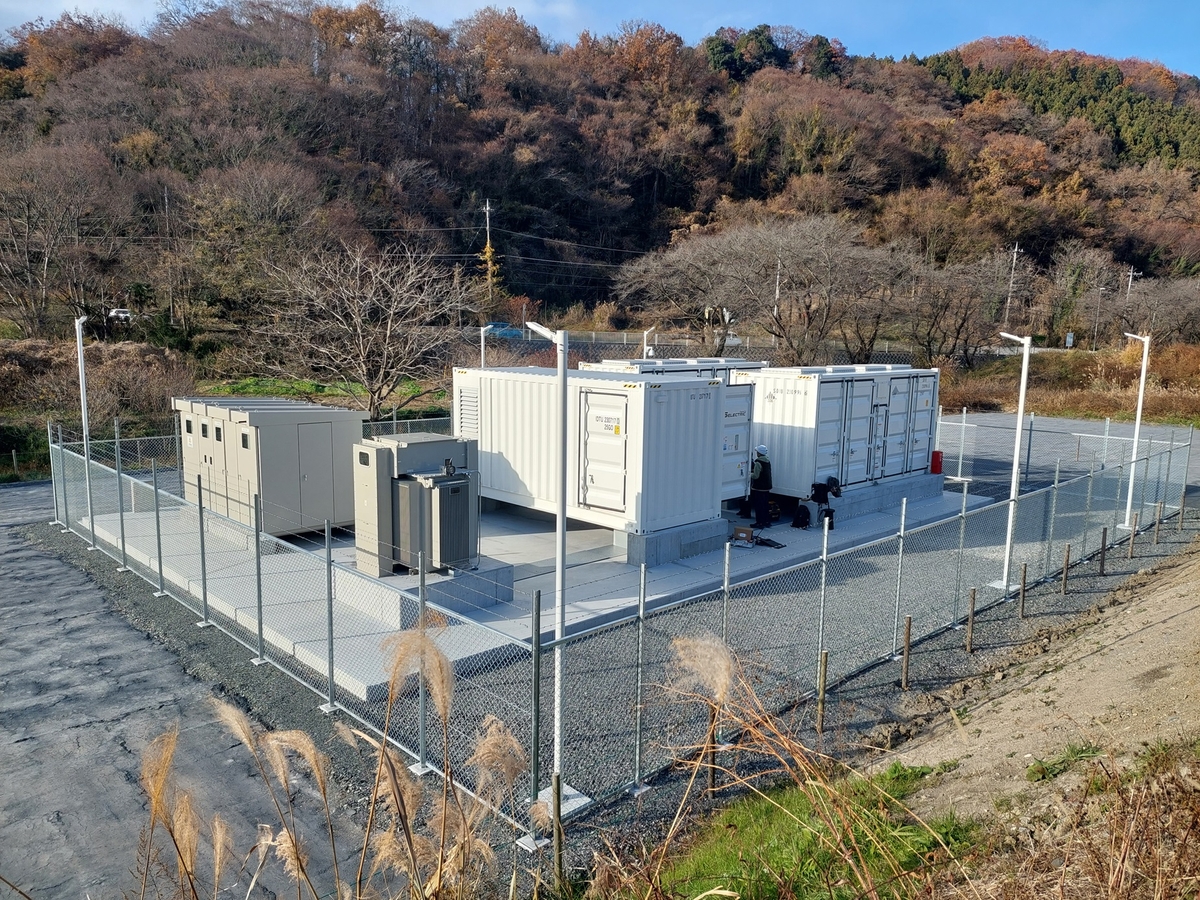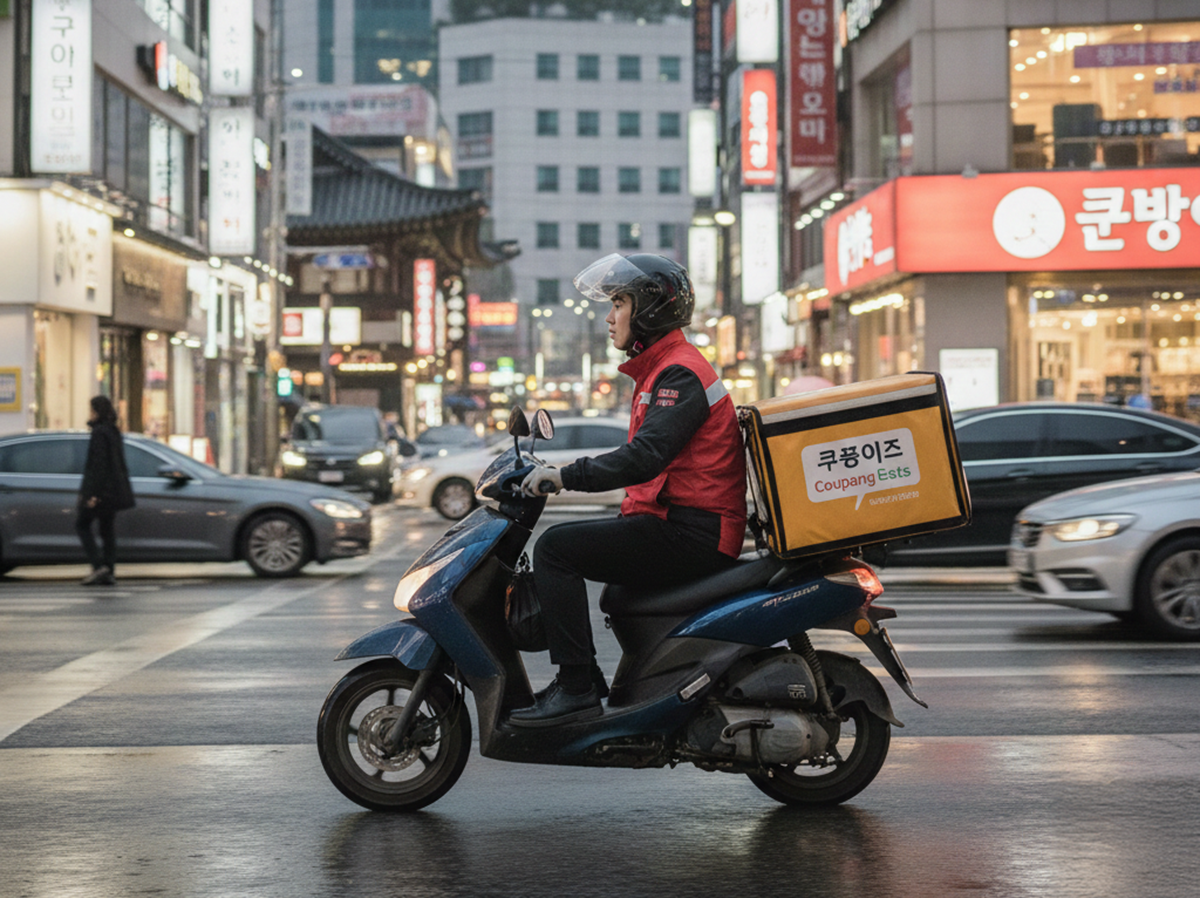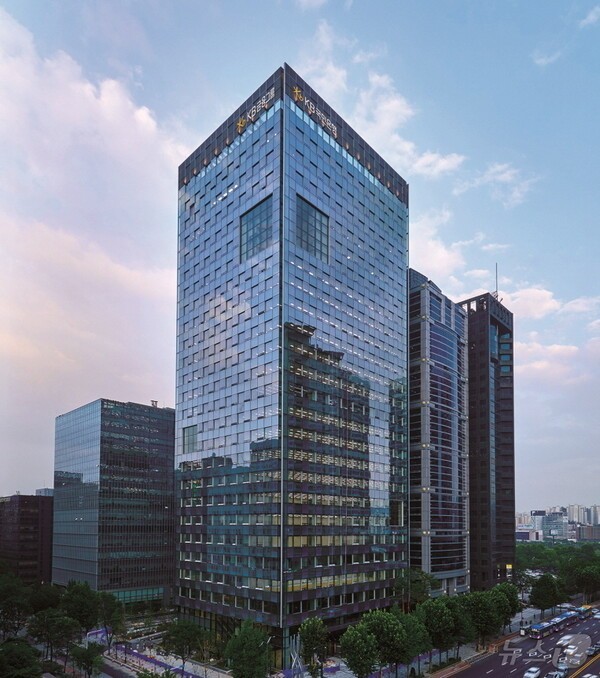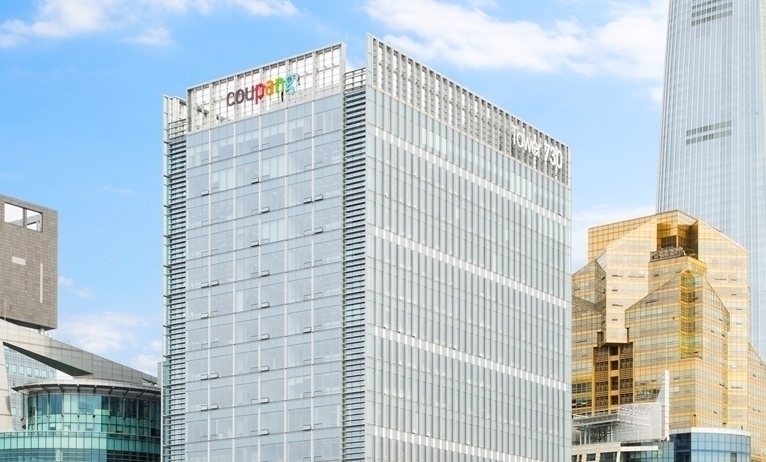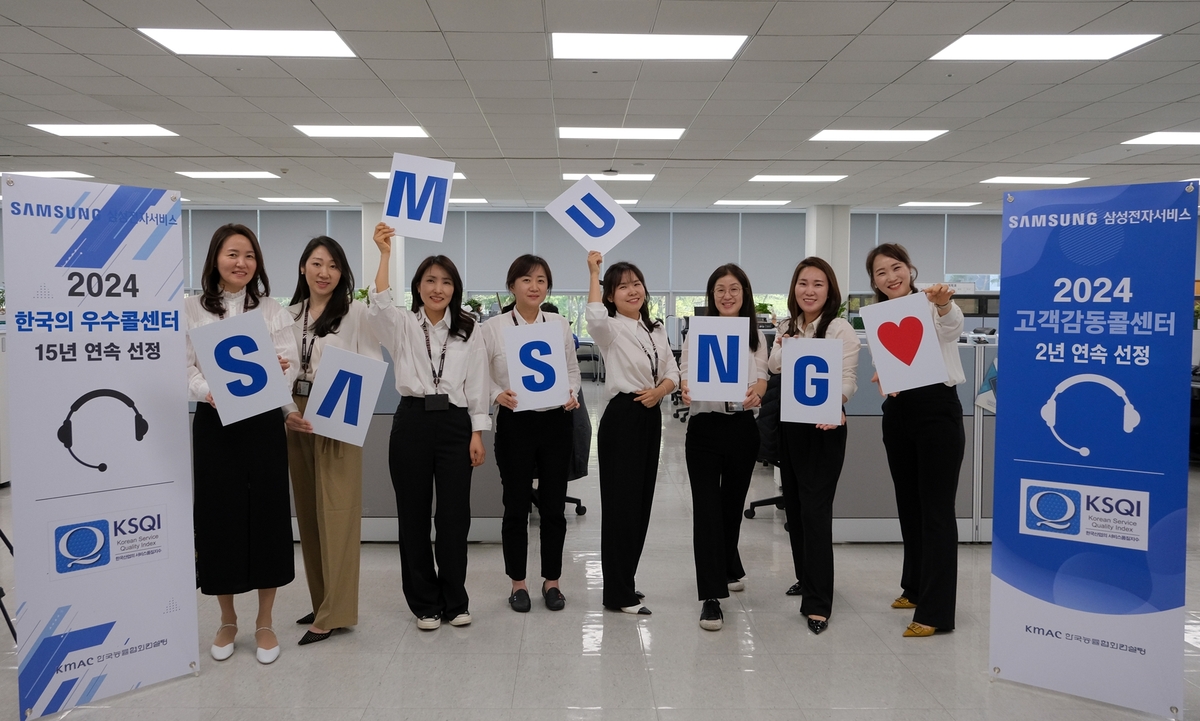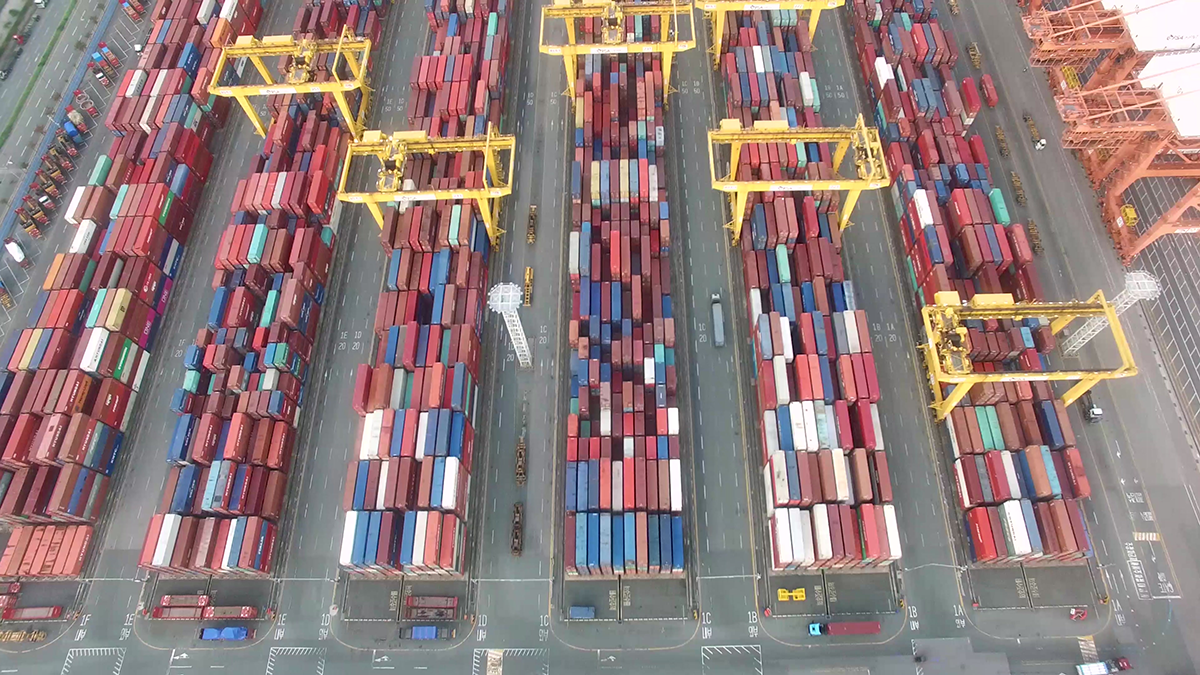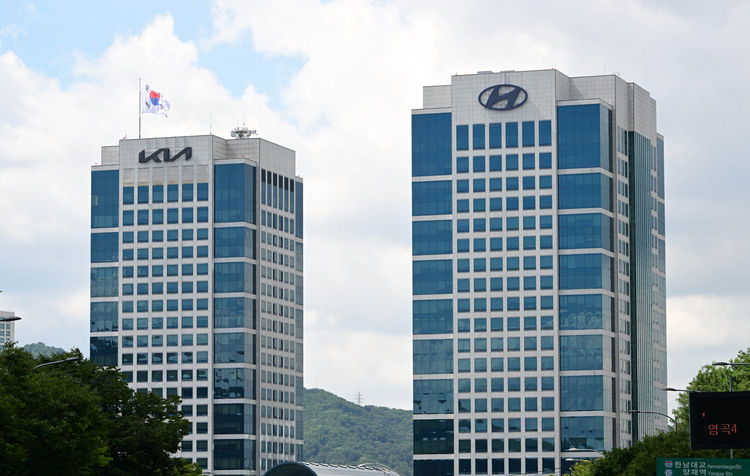
Hyundai Motor Group, a South Korea–based global automotive powerhouse and the parent company of Hyundai and Kia, is exploring plans to establish its first integrated R&D facility in Oceania, aiming to strengthen off-road and four-wheel drive capabilities tailored for the Australian market.
Several industry sources reported on August 14 that the South Korean auto giant is reviewing a proposal to build an “Australia Technical Center” in Sydney as part of a mid-to-long-term strategy over the next three to five years.
The center would focus on enhancing vehicle durability, off-road performance, and 4WD systems, while also serving as a local training hub for Asia-Pacific employees.
Although the project is still in the early review stage, Hyundai officials clarified that the proposal originated from the local subsidiary and has not yet been approved at the group level. “It’s currently an idea submitted by the regional office,” a company spokesperson said.
Damien Meredith, Chief Operating Officer of Kia Australia, explained the concept arose while identifying what’s needed to grow the business locally.
“If we want to truly elevate our brand in the Asia-Pacific region, we need a world-class technical center that can operate over the long term,” he said.
The initiative follows Kia Australia’s lead role in the development of its upcoming pickup truck, the Tasman. During the project, Kia’s Australian team collaborated closely with Hyundai-Kia’s Namyang R&D Center in South Korea, conducting new types of testing—such as water fording evaluations—and accessory co-development.
The success of that joint effort highlighted the need for a dedicated R&D base focused on the unique demands of the Oceania market.
If realized, the Australia Technical Center would mark Hyundai Motor Group’s first research hub in the region, helping expand its global R&D footprint and deepen local integration.
The group already operates an R&D unit under its autonomous mobility subsidiary, 42dot, in Australia, which could create synergy with the proposed new facility.
Hyundai and Kia currently maintain a global R&D network spanning six key regions. Hyundai’s facilities include its Namyang R&D Center, Environmental Technology Center, and Central Research Institute in South Korea, as well as locations in the U.S. (Michigan), Germany, Japan, India, and China. Kia runs design and technical centers in South Korea, the U.S. (California), and Germany.
The move comes as both brands continue gaining momentum in Australia. In July, Kia sold 7,402 units—driven by strong demand for the Tasman and its SUV lineup—ranking among the top three brands. Hyundai followed with 6,687 units sold, led by the Tucson and Kona, placing it in the top five.



